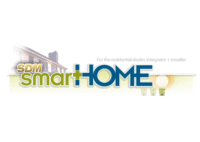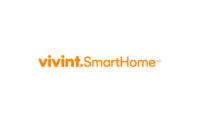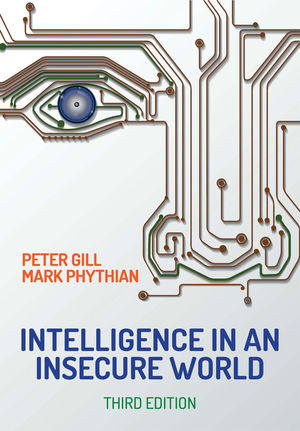Design innovation has always been a central element in differentiating, positioning and selling any home-based technology. Most people don’t want to bring the latest technological gadget into their home if it’s going to detract from the home’s décor. The world of home automation products is no exception; we see the makers of devices from thermostats to video cameras to motion sensors focusing with increasing intensity on making their “smart” products as smart looking as they are innovative.
The smart lock is a great example of the importance of aesthetics in home automation products, for two reasons: First, the smart lock is often a consumer’s entry into the world of home automation; and second, smart locks reside at the literal entrance to a home. Many homeowners want to introduce their own personal style and taste right at the front door, whether through the color and carpentry of the door itself, or through hardware like a smart or connected lock.
To remain competitive, today’s smart lock manufacturers must offer a wide and constantly expanding range of design options to complement every taste and suit every function. When designing smart locks, we are always trying to strike the right balance between architectural interior design and the consumer electronics aesthetic; this differs from customer to customer. While every potential customer is different, we can divide lock customers into two basic categories when it comes to their smart-lock design aspirations.
The first type of customer is seeking a lock that will complement their home’s existing aesthetic. While this customer is looking to benefit from the convenience of the latest technology available for their front door, they are not necessarily seeking to make the technology the focal point of their entrance. We want to make this buyer feel totally comfortable with the new technology and the way it fits into their home and lifestyle. This customer might want a smart lock that conveys a similar aesthetic to a traditional lock. He or she wants a lock that is innovative, but most importantly, secure and durable. For this end user, the technology is disruption enough.
The second type of customer is the early and enthusiastic adopter of technology. This customer is extremely aware of and educated about the latest consumer electronics. To meet the needs of this customer, we might push the boundaries of tradition and create a device that features a more disruptive and forward-looking design. There might be broader concepts that we try to communicate with a smart lock for the technologically savvy buyer. In producing disruptive lock design, it is helpful to look and think outside the lock space or even the hardware space — from products like watches and housewares to adjacent industries like interior design and contemporary furniture. This approach helps to ensure that the lock is relevant in the larger ecosystem of products that will populate the customer’s home.
We are currently seeing a trend toward ground-breaking design coupled with advanced technology becoming the aspirational aesthetic of consumers across industries. Years ago, when televisions were first introduced, they were built into a piece of furniture — usually large wooden cabinets. This was the consumer expectation, because homes were filled with furniture, not technology. This approach has evolved over decades to the point where technologically advanced TV’s don’t have to blend in, but can actually be the focal point of an environment. This evolution has reached the point where now the aesthetic design language of technology is now informing product design in other industries.
In designing each smart lock, the range of different wants, needs, and expectations of potential customers is key. This is why talking with customers and studying customer feedback is so essential for us to develop an accurate understanding of the lock market.
We continue to offer a wide and ever-expanding range of smart locks, because the customer’s needs and tastes are constantly changing. This is the primary reason why function is taking many different forms in the world of smart lock: smart customers demand it. — By Elliott Schneider, Lead Industrial Designer (Security) at Kwikset.









